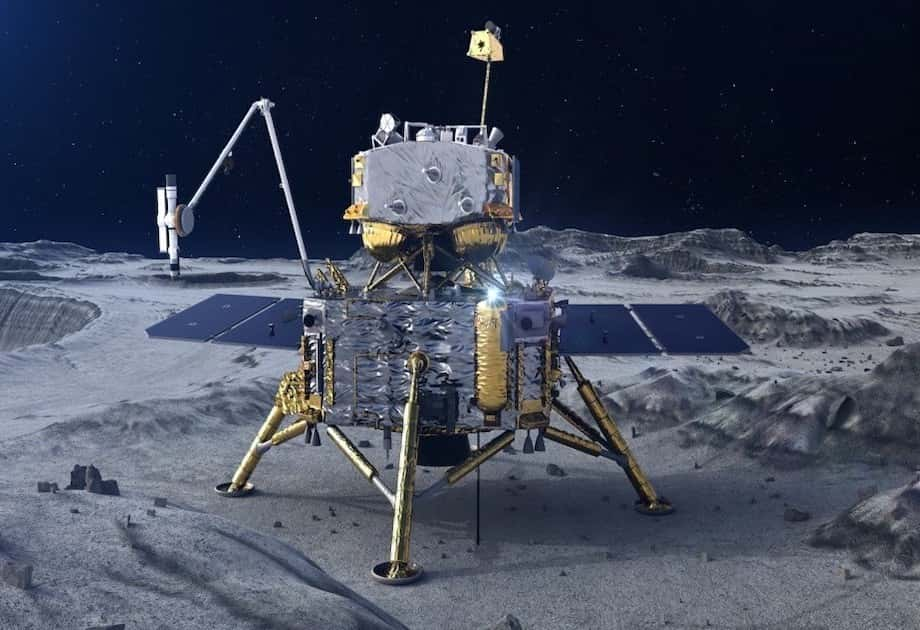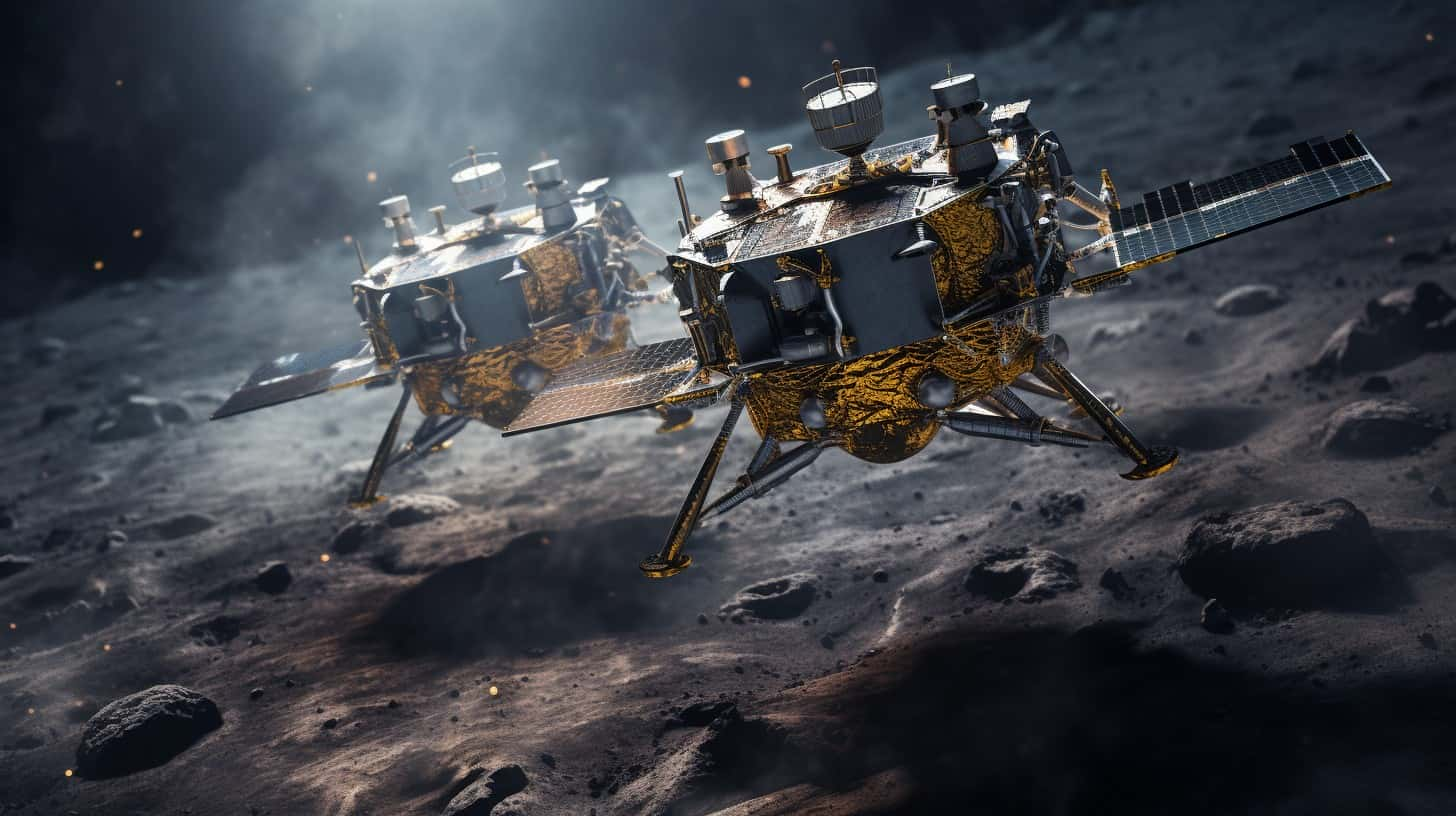In a recent communication on September 22, the Indian Space Research Organization (ISRO) utilized the social media platform X, formerly known as Twitter, to announce its persistent efforts “to establish communication with the Vikram lander and Pragyan rover to ascertain their wake-up condition.”

The Indian Space Research Organization (ISRO) has embarked on an ambitious mission to reawaken the Chandrayaan-3 lunar lander and rover following a challenging two-week period of lunar hibernation during the frigid lunar night
Despite their relentless endeavors, the Indian Space Research Organization (ISRO) engineering team has not yet received any response from this iconic duo, marking the first pair of human-made objects to successfully touch down in the moon‘s enigmatic south polar region. In a statement, the Indian Space Research Organization (ISRO) affirmed their unwavering commitment to continue their efforts to establish contact with the lunar explorers.
Chandrayaan-3, an ambitious lunar mission, achieved a momentous landing near the lunar south pole on August 23, etching India’s name in history as the fourth nation to achieve a lunar landing, joining the ranks of the U.S., Russia, and China. Subsequently, Pragyan conducted comprehensive exploration activities at the landing site, transmitting a trove of high-resolution images back to Earth. Simultaneously, Vikram conducted a series of intricate scientific experiments, which encompassed temperature measurements of the lunar regolith’s surface and detailed analyses of the chemical composition of lunar dust, unveiling tantalizing traces of sulfur that may unlock secrets of past lunar volcanic activity.
The Pragyan rover was transitioned into a dormant state, with all its scientific instruments carefully powered down
Two days later, the Vikram lander followed suit. The primary mission objectives were successfully accomplished, but the Indian Space Research Organization (ISRO) remains optimistic that both spacecraft have persevered through the icy lunar night.
Chandrayaan-3 marked India’s second attempt to secure a lunar landing. Its precursor, Chandrayaan-2, faced a setback in 2019 due to a software glitch. Notably, the Chandrayaan-2 orbiter continues its mission, diligently studying the moon from its lunar orbit, contributing to India’s ongoing lunar exploration efforts.
READ ALSO: Setback For Galactic Energy As Ceres 1 Rocket Fails, Resulting In Satellite Loss




